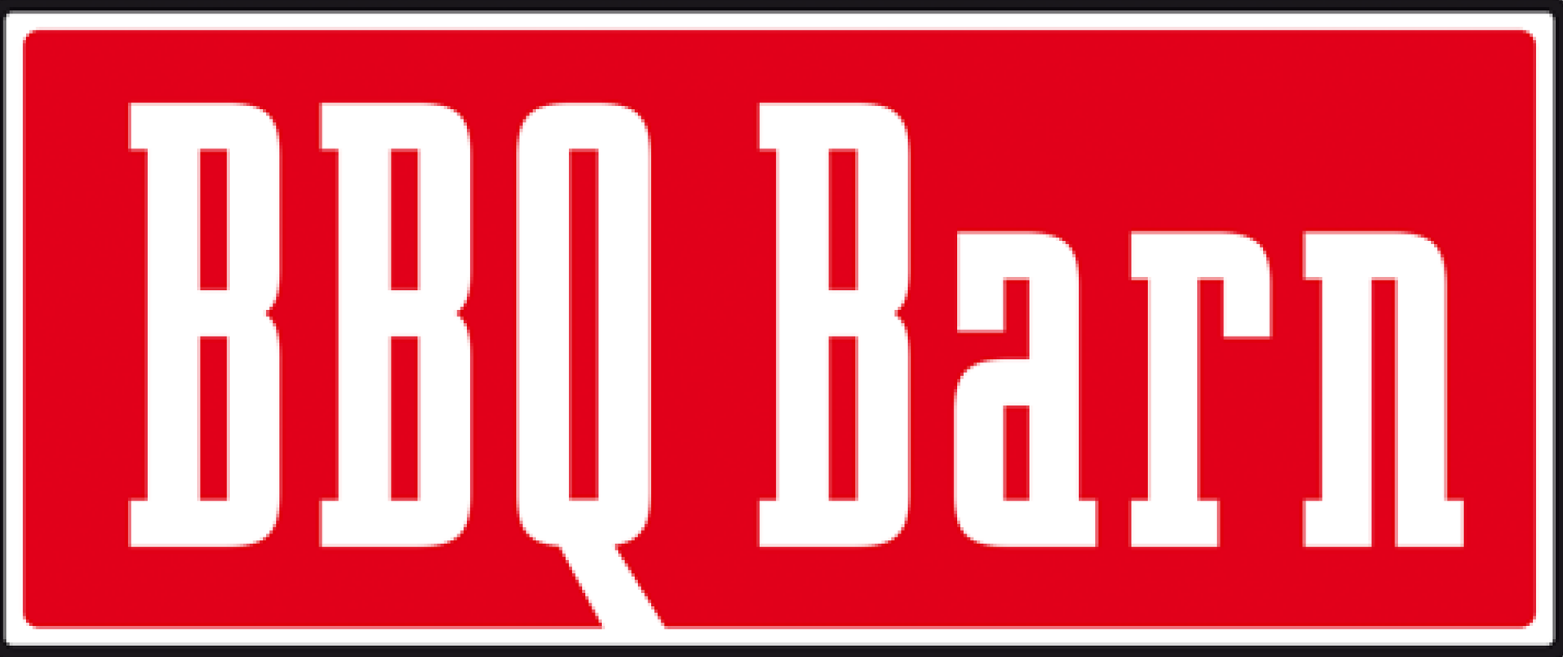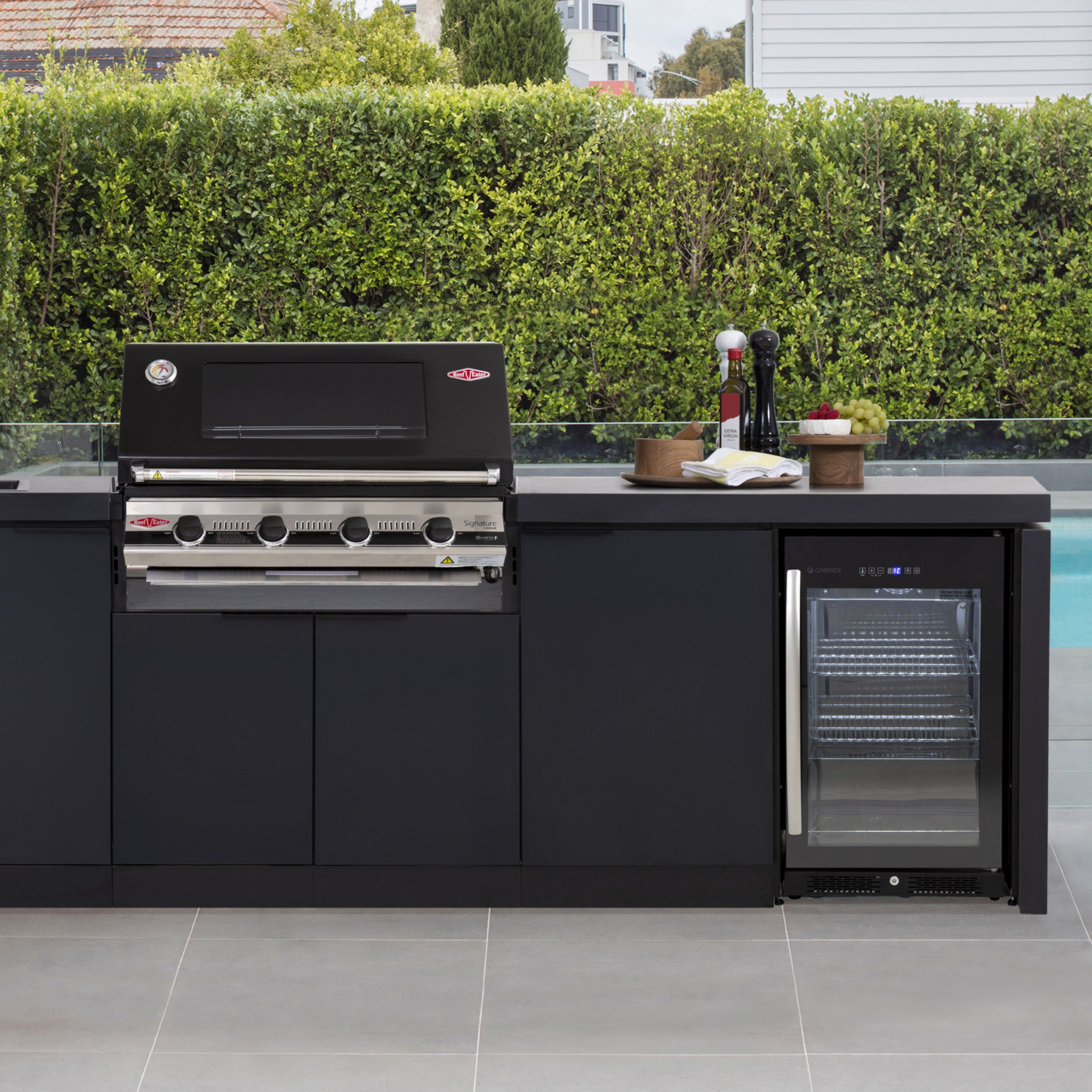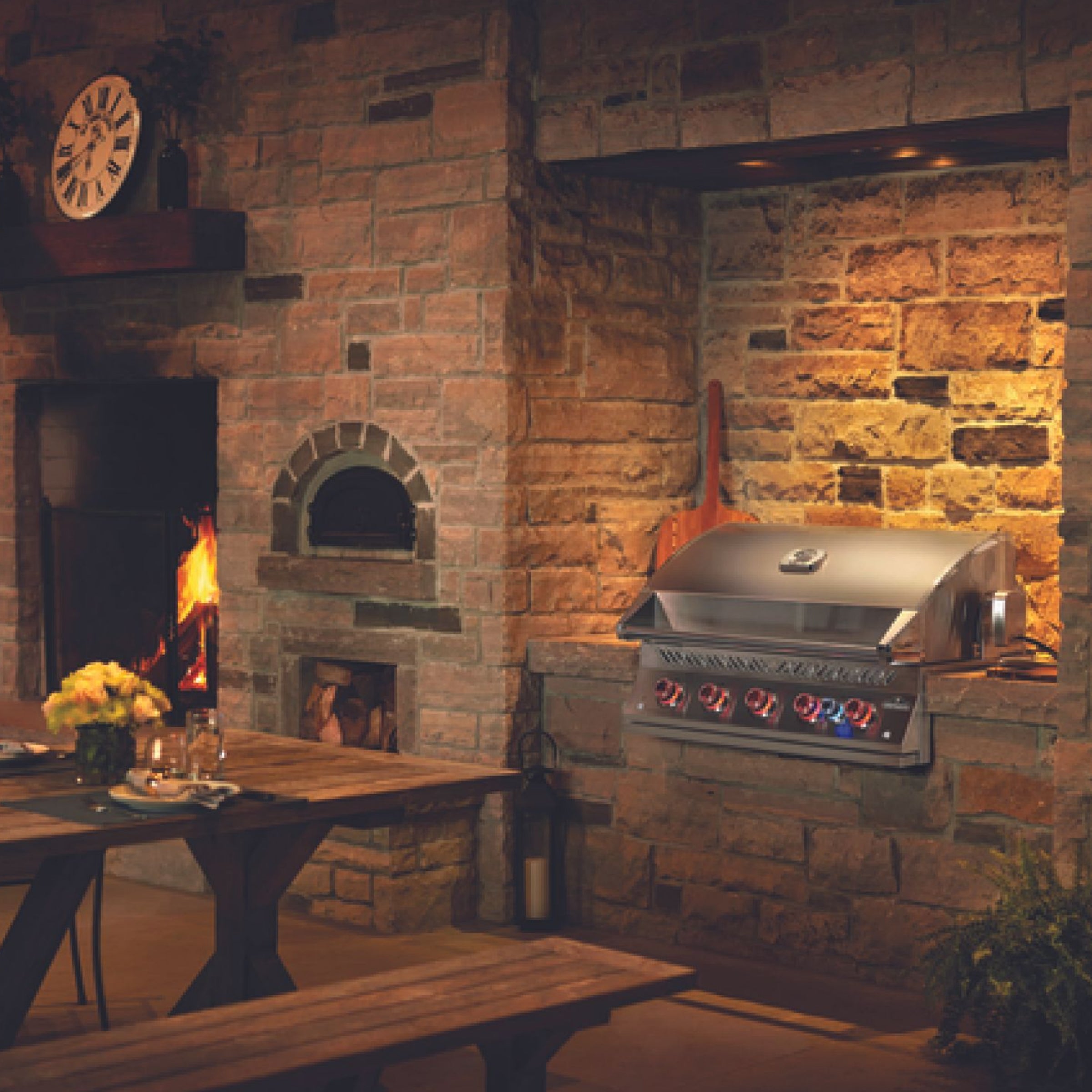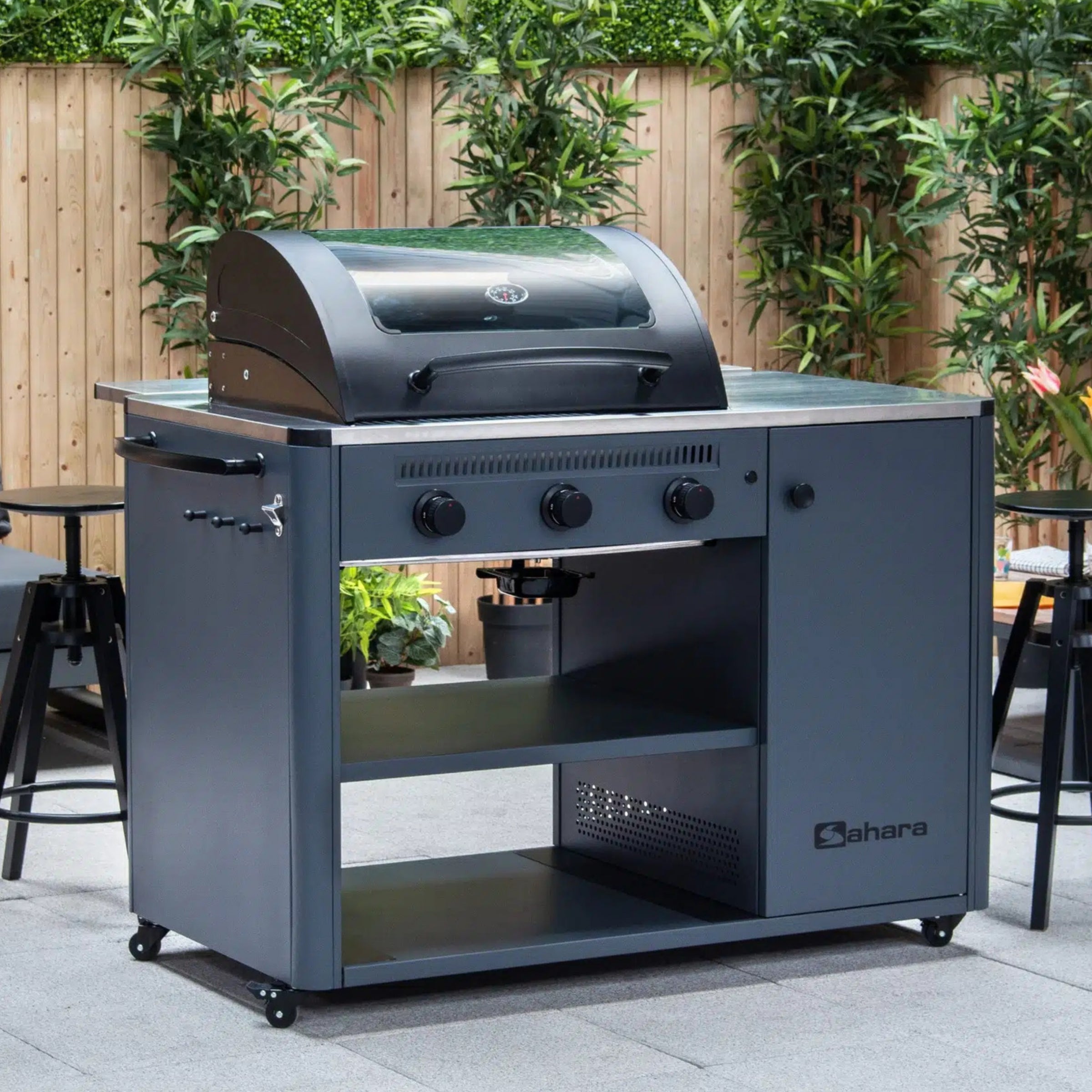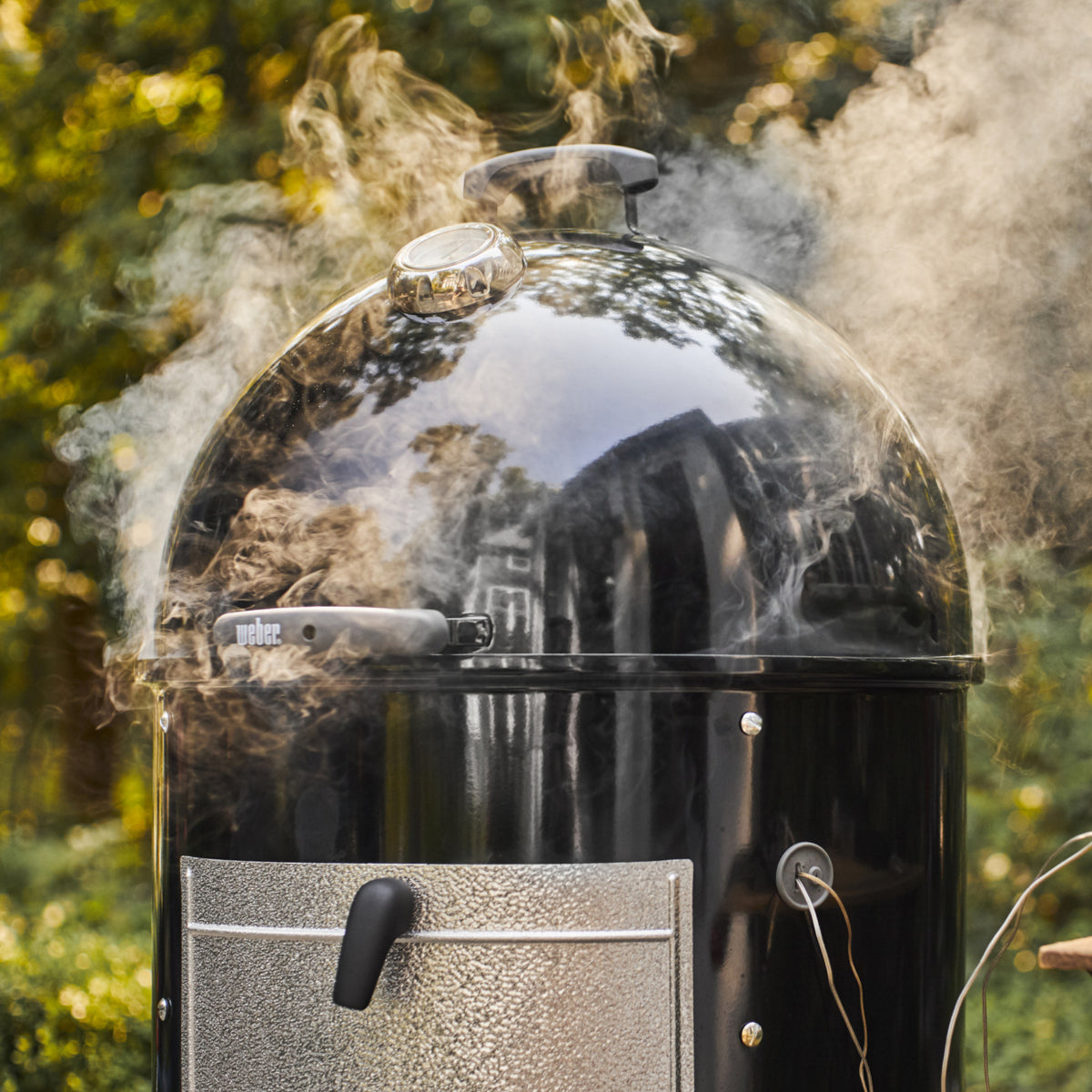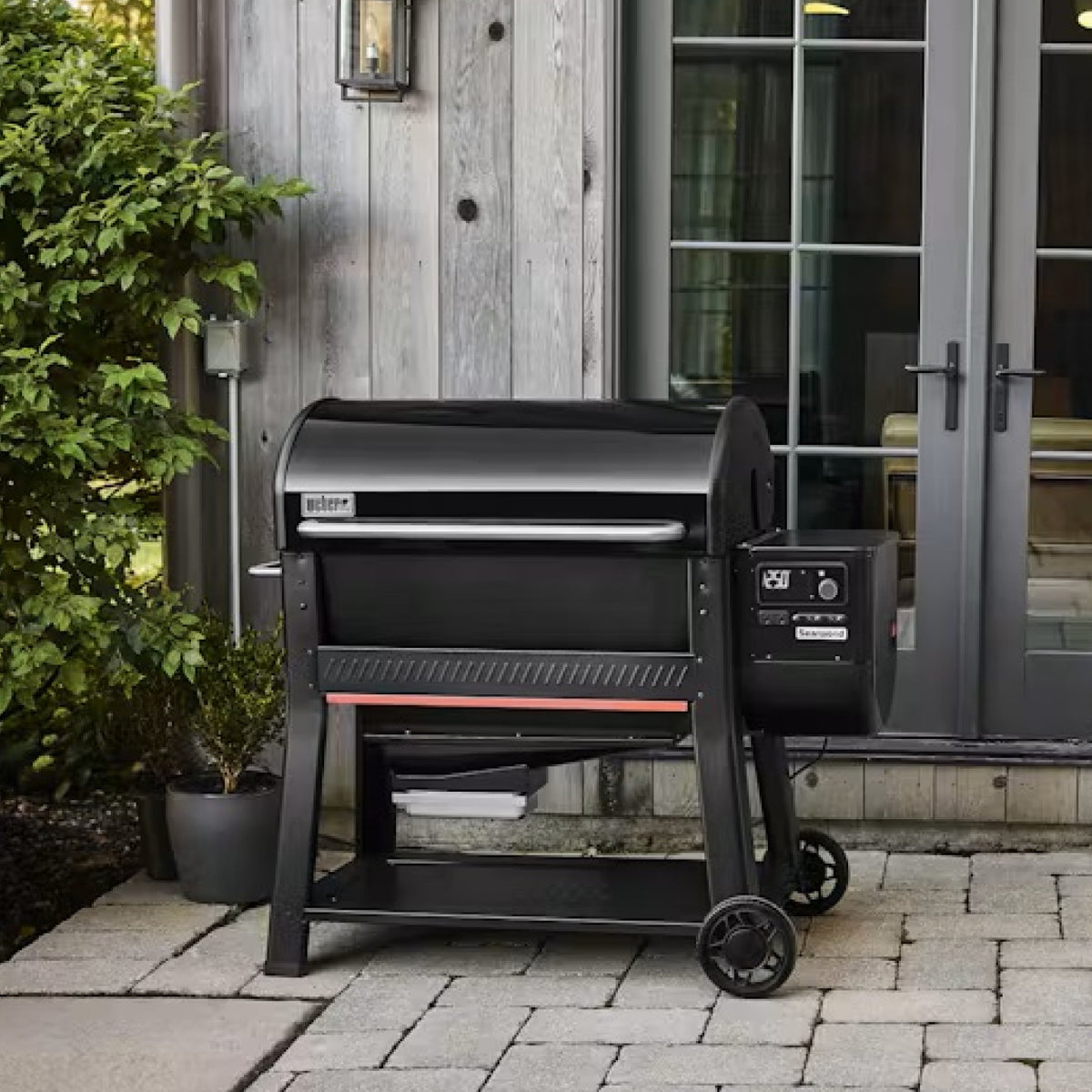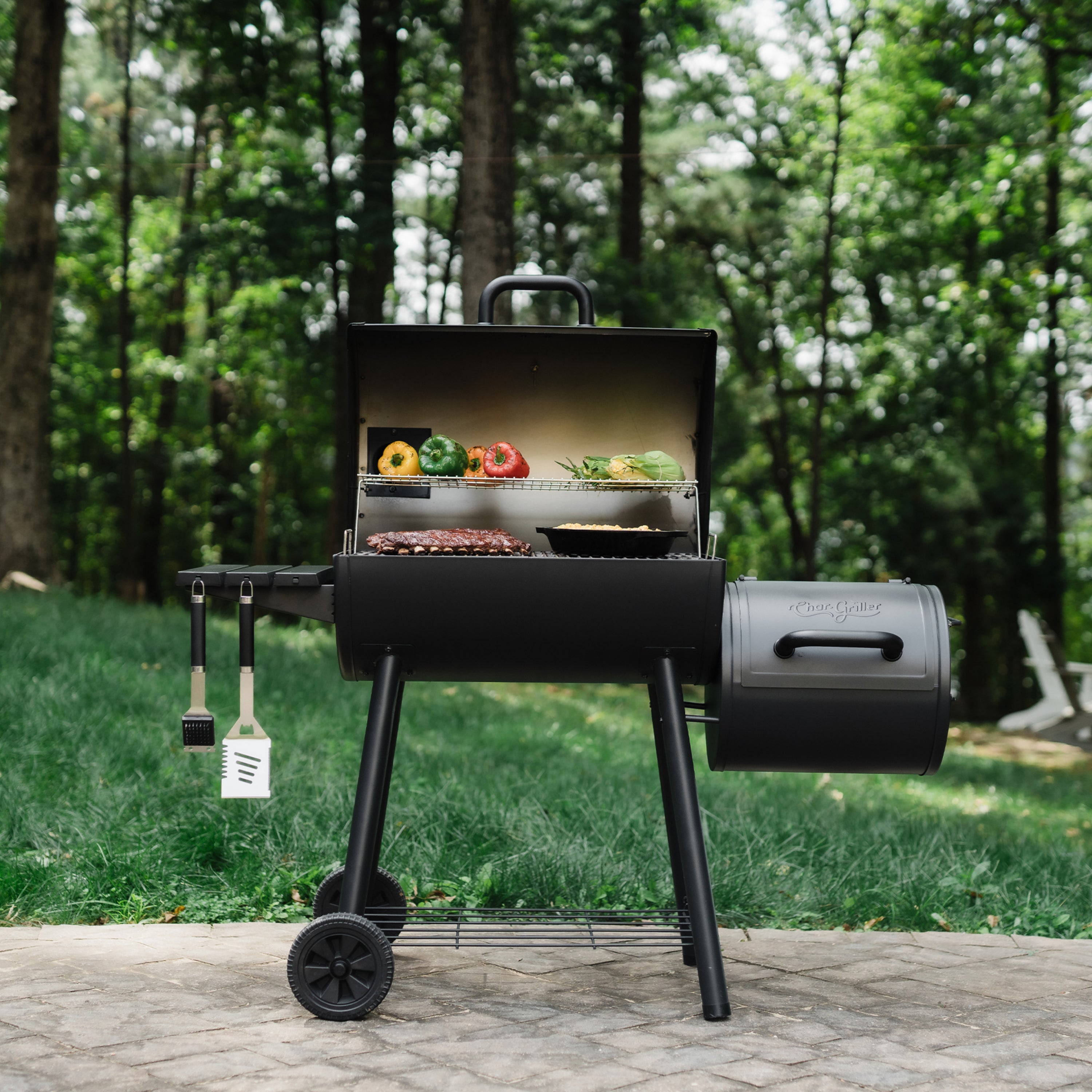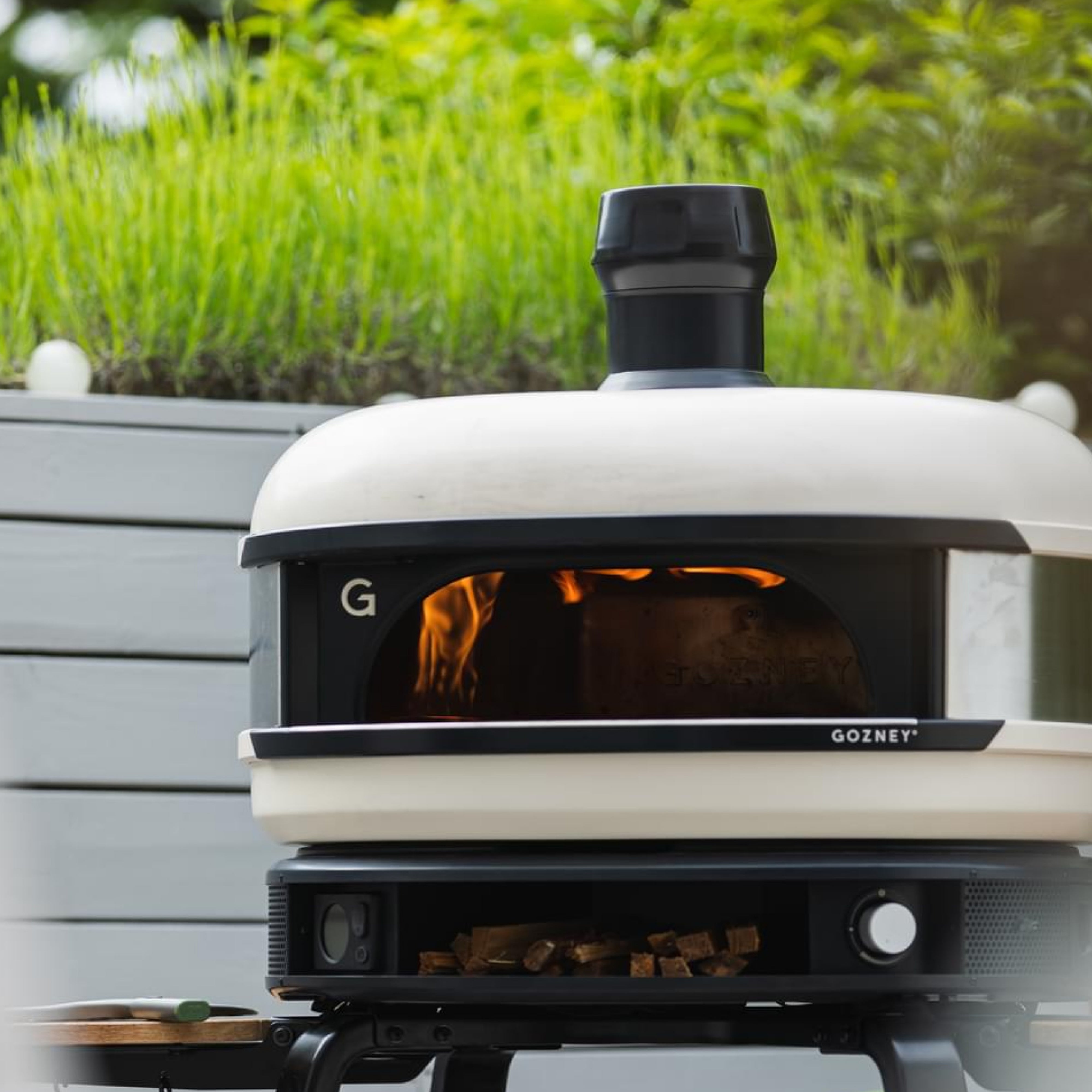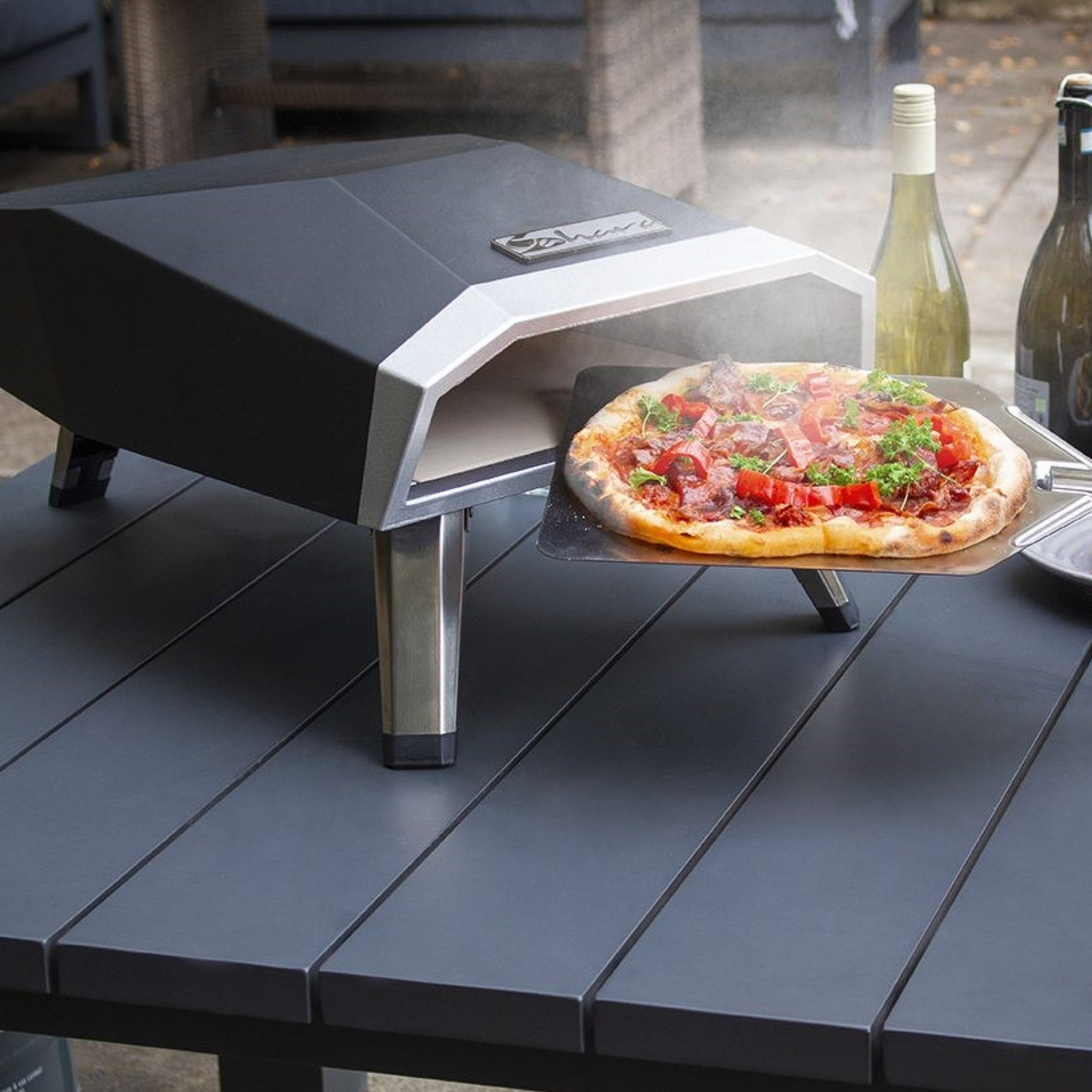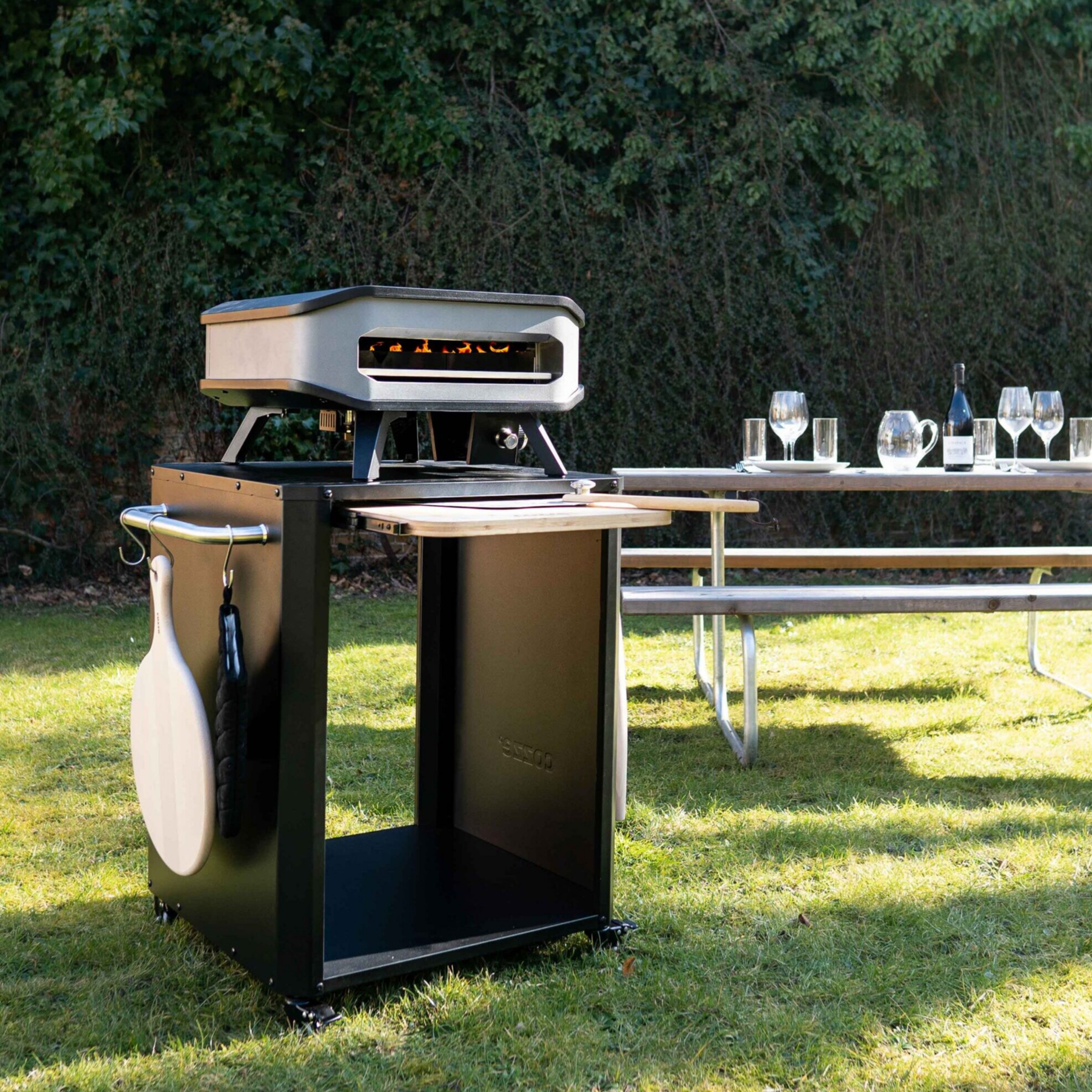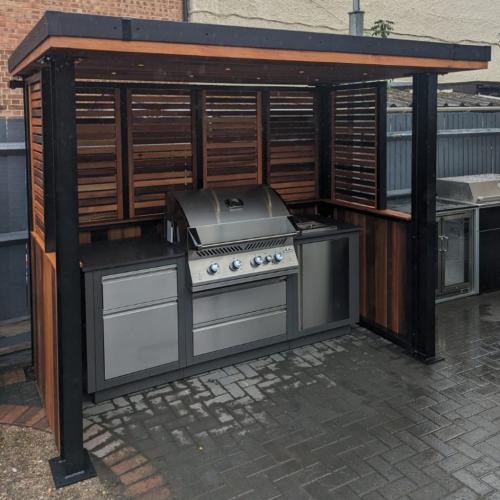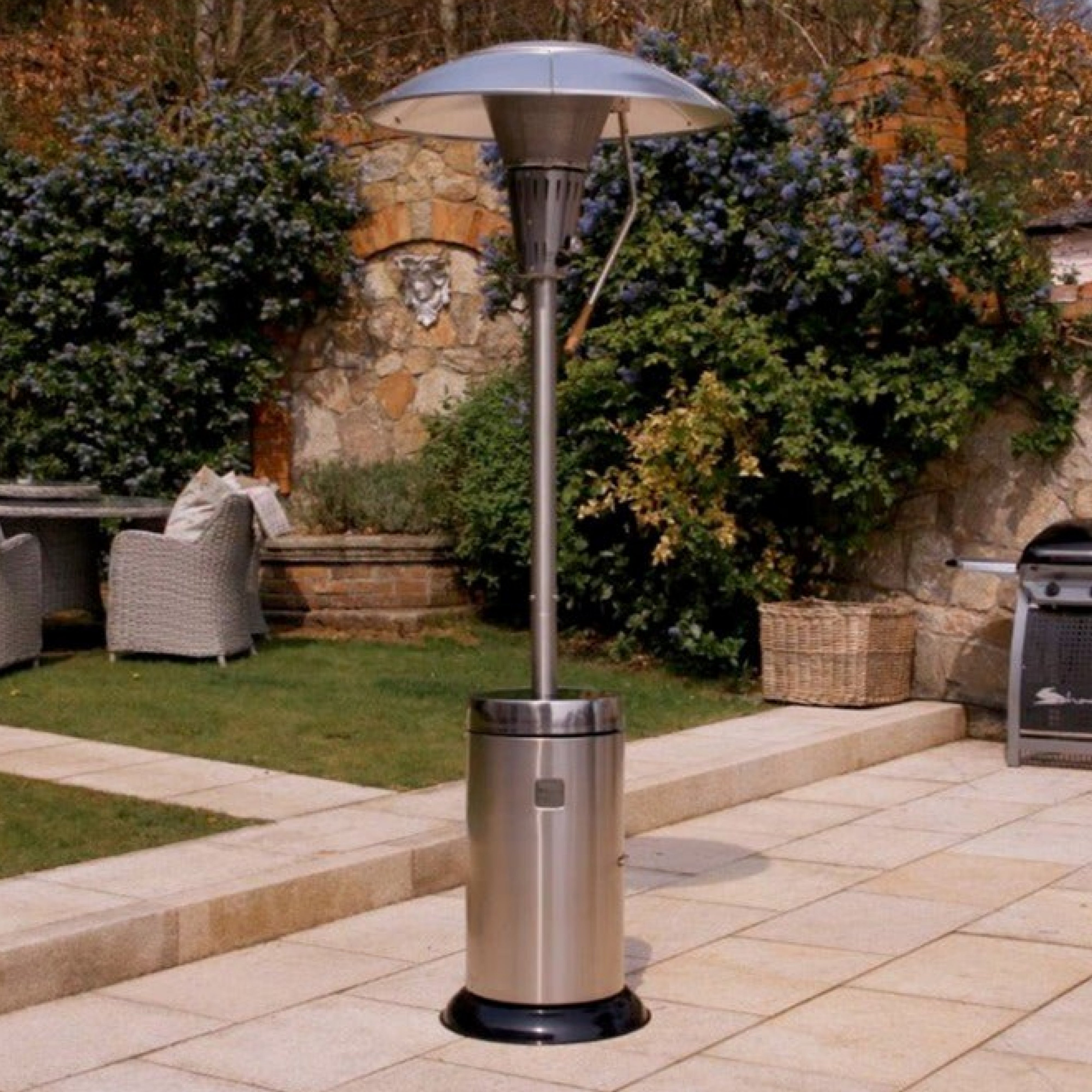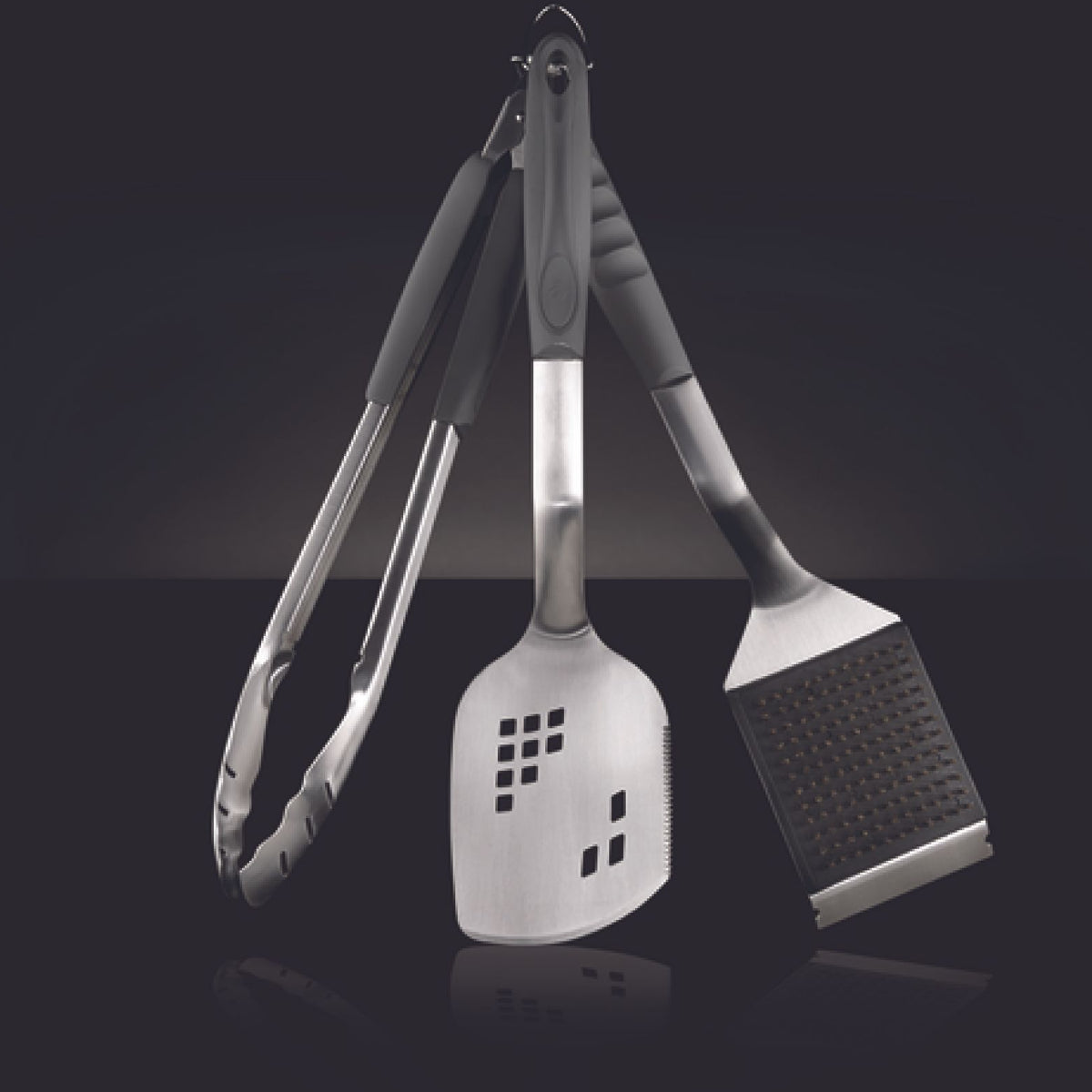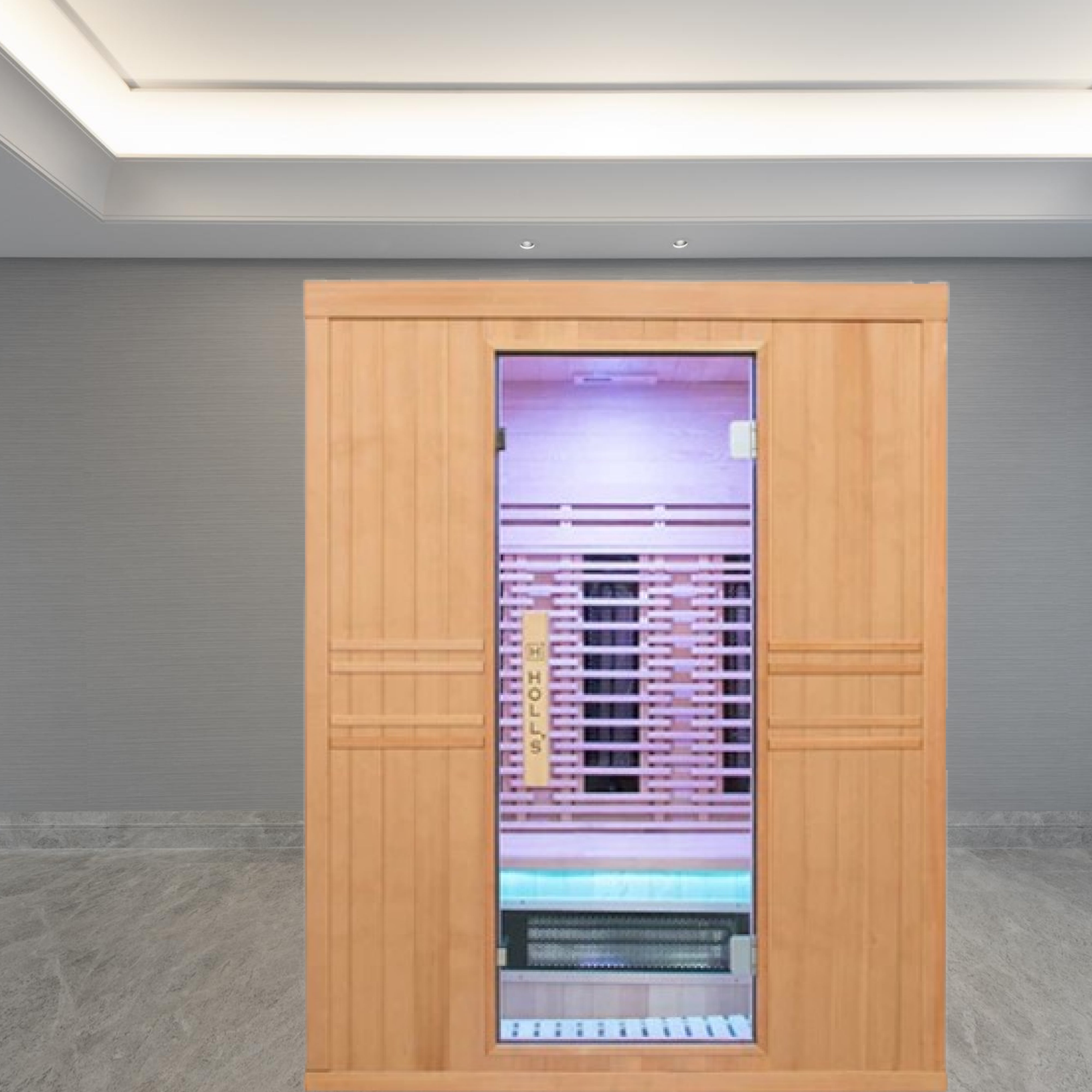Gas BBQs (sometimes called “grills”) offer an instantaneous start-up and reach optimum cooking temperatures within 10-15 minutes. They also have innovative features that allow you to cook very evenly across the whole BBQ cooking surface.
Temperature control dials and typically, a hood-mounted thermometer, will help you to easily regulate your BBQ heat and create different cooking zones for searing, cooking or warming foods on the grill.
Finally, with no hot coals or ash to deal with, cleaning up can be quicker and easier than with a charcoal model - but, a Gas BBQ will need some cleaning every now and then!
“Adding Fuel to the Flames”


We sell Flogas Bottles with LPG (Liquid Propane Gas) tanks available in store for refills or new gas bottles.
Will it be Propane, Butane or even, Natural gas?
Nowadays Gas BBQs most commonly use propane (otherwise known as “patio gas”), sometimes use Butane and very occasionally use natural gas. Not all manufacturers recommend the latter but some supply natural gas converters for their BBQs.
Propane is usually supplied in a RED cylinder - see the above image - and when you first buy it, it's common to pay a deposit or hire charge for the cylinder. Thereafter you'll usually just exchange for a full one, paying only for the gas. The size of cylinder can vary too depending on the size of your BBQ and how often you cook.
Most Gas BBQs have regulators, which attach from the BBQ hose to the gas cylinder and control the gas pressure going into the burners.
Depending on the type of regulator valve fitted, nowadays many, if not most, gas BBQS can run on either propane or butane although most come pre-fitted with a RED propane regulator as standard. The butane regulators - see the gas cylinder below - are BLUE. The regulator valves, which clip on, not only vary in colour but size too. Blue butane valves have a standard internal valve of 21mm. Propane, slightly bigger at 27mm. That means it's not possible to connect a propane cylinder to a butane regulator, nor vice-versa.
“Patio Gas”
It's really just a marketing term for propane. It will work in both BBQs and patio heaters - increasingly the two get used in harmony - and at all temperatures. It makes for a good general-purpose bottled gas.
Now, while the “Gas-Geeks” carry on reading, the rest of you can skip the next paragraph!
“Gas-Geekery”
Propane (or C3H8) produces about a quarter less energy than Butane (C4H10), which would seem to favour the latter, but butane tends not to work so well at lower ambient temperatures. So, when it's cold outside (or wherever you're barbecuing) the butane will tend to drop in temperature too, and partly remain in liquid form. Once the cylinder itself drops temperature-wise to less than 10 degrees C, it'll provide less gas pressure to the BBQ, and to compound things, as you use the gas, the colder the cylinder will get. Use it too fast and gas pressure can fall considerably impacting your cooking. You might say that when it's chilly outside, you might not want to barbecue, but it really has become an all-year round activity and for many the flames don't go out in Winter. Perhaps that's why propane is now more popular? A given quantity of butane will burn hotter than propane but, in fact, propane regulators release the gas more quickly to compensate. In fact many people will tell you propane burns hotter as a result.
Welcome back to our other readers!
“Weighty Matters”
Gas cylinders/bottles vary in size from 3.9 Kg to 13 Kg but it's important to remember that's the weight of the gas in the bottles not the total weight. The total weight will be about three times the gas weight, so a 13Kg bottle will weigh as much as 40 Kg! BP has started selling “Gas Light” cylinders, which are made of glass-fibre reinforced plastic. They are translucent so you can see how much gas is left in the container and needless to say they weigh a lot less too, about half as much as the older-style steel ones.
One final thing, Gas cylinders/bottles have to be kept upright. The liquid gas has to be at the bottom. If you put the cylinder on its side it could result in liquid gas being forced out. One reason why BBQ gas pipes always seem a bit on the short side.
Gas BBQ Features
Burners: The bit where the gas flame comes out! Gas BBQs should ideally be fitted with stainless steel, cast iron or cast brass burners as these materials offer the greatest quality and durability. Burners should run the length of the cook-box and crucially should offer independent temperature control. That way you can cook different things at different heats. BBQs that only have “low” “medium” and “high” settings seldom provide enough control and (unfortunately) may lead to burners living up their name! The burners are (quite obviously) vital to the BBQ. Make sure the manufacturer includes 5-10 years' warranty on them as part of a wider-guarantee.
Grates: As is the case in the kitchen, the surface you cook your food on is important. Great grates (sorry!) make a big difference. Thick stainless-steel rods or cast iron grates offer better heat retention, sear foods beautifully and produce excellent grill marks. Generally, wide but closely spaced bars sear better than thin rounded rods.
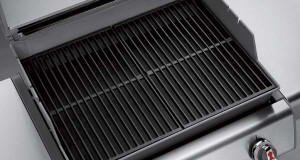
Add-ons: Side-burners for preparing and warming side dishes and motorized rotisseries for slow-cooking meats or vegetables add dozens of options to your outdoor cooking experience.
Infra-red Burners: If restaurant-quality steaks get your juices flowing then these burners are a must! Infra-reds use a gas flame to “superheat” a ceramic, glass or metal plate, radiating heat up to 700 F! Getting that seared on the outside and red to pink on the inside look has never been easier.
Smoker-boxes: OK, some people still say Gas BBQs don't offer the same taste as their Charcoal cousins! A smoker box filled with wood chips can infuse meats and vegetables with the rich flavours you love. Treat the neigh-sayers to a taste test and see if they can tell the difference!


Ignition: Just every once in a while, an electric starter fails on a Gas BBQ. Make sure your BBQ has a manual ignition hole if a good, old-fashioned match or lighter is required!
